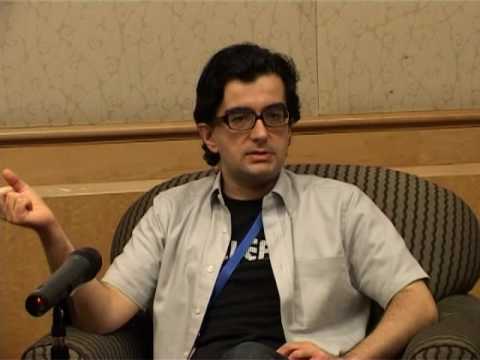Matching Talent To Jobs

Trends in Graduate Employability
TalentCorp, in collaboration with the World Bank, conducted a survey with Malaysian employers in 2014 to identify areas of focus in relation to graduate employability.
The objectives of the survey were to better understand the trends in graduate employability in Malaysia, the perceived quality of Malaysian graduates by top employers, as well as the efficacy of career services in universities and government-funded graduate employability programmes.
The survey covered 200 companies (employing approximately 245,000 workers) which represented a wide cross-section of National Key Economic Areas.
- Main driver of graduate unemployment is skills mismatches between recent graduates and employers’ demands.
Employers cite soft skills as key factors in hiring entry-level graduates, and graduates from Malaysian universities seem to be lacking in these areas.From Figure 1, 81% of respondents identified communication skills as the major deficit, followed by creative/critical thinking (56%), analytical (51%) and problem-solving competencies (49%). - Even at the recruitment stage, companies and universities do not always cooperate in matching graduating students with entry-level opportunities.
Thirty-four percent of respondents have never approached universities to recruit candidates, nor been approached by universities to place their graduates into entry-level positions (see Figure 2).
- Career services centres are underutilised and do not fully understand companies’ needs.
In Malaysia, 53% of respondents said that they do not work with these centres. Engagement with career services centres is lowest among small and medium enterprises (SMEs) at 23%, followed by non-financial public enterprises (NFPEs) at 33% (see Figure 3).
(Figure 3)
“At Taylor’s University, we understand that it is the onus of the education institution to ensure that their students are able to meet the needs of industry. We bridge this by incorporating ‘Taylor’s Graduate Capabilities’ into our curriculum which includes sharpening students’ lifelong skills such as interpersonal, communication, problem-solving and critical-thinking skills.” – YBhg Professor Dato’ Dr Hassan Said, vice chancellor and president, Taylor’s University.
- Greater involvement of the private sector in training and producing high-quality graduates is likely to have significant payoffs.
According to the TalentCorp-World Bank survey, only half of the companies that responded to the questionnaire offer structured internship programmes, which can help expose university students to a variety of career paths and help them develop requisite soft skills for any position.“At Universiti Teknologi PETRONAS (UTP), we have in place the Student Industrial Internship Programme (SIIP), Student Mobility Programme (SMP) and the Adjunct Lecturer Programme which integrates industry experience and practices into the university curriculum to produce well-rounded and industry-ready graduates. The SIIP is a 28-week internship programme comprising 14 weeks of Student Industrial Training (SIT) focusing on soft skill competencies and work performance and 14 weeks of Student Industrial Project (SIP)” – YBhg Datuk Ir (Dr) Abdul Rahim Hashim, vice chancellor, UTP
- Companies seem to be willing to pay for talent – when they find it.
While pay levels could be relevant in specific sectors, many companies say they do pay premium wages for graduates with the right skills. About 75% of respondents have introduced premium graduate programmes to recruit top entry-level talent, in addition to their existing general graduate programmes. According to the survey, 43% of companies paid “premium” entry-level graduates between RM3,000 and RM5,000 a month (see Figure 4).
(Figure 4)
- Malaysia has a number of programmes to support recent graduates who cannot find a job.
The Government has implemented several training programmes to boost the chances of graduates in finding employment, with some success.The Graduate Employment Management Scheme (GEMS) has placed 12,000 unemployed graduates into the workforce since its inception in 2009. - Universities cannot produce graduates who are ready for the workforce unless they develop a clear, accurate understanding of what firms are looking for in entry-level employees and incorporate these requirements into the course curricula, teaching and assessment methods, or other means.
The skills mismatch is exacerbated by the lack of communication between universities and firms on how to develop employable graduates.Less than 10% of employers surveyed have had experience developing curricula or joint programmes with universities. An example of industry-academia collaboration is between Universiti Malaysia Perlis (UniMAP), Silterra Malaysia Sdn Bhd and the Northern Corridor Implementation Authority (NCIA).
As a result of joint curriculum development, UniMAP is now one of the leading universities in microelectromechanical systems (MEMS) microfabrication and design research activities in Malaysia.
(Figure 1)
(Figure 2)
For the full survey findings, please refer to Matching Talent to Jobs pages 22–31 of the Malaysia Economic Monitor, World Bank June 2014
For more information, email editor@leaderonomics.com
Functional






